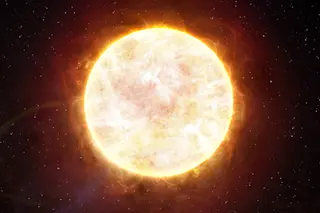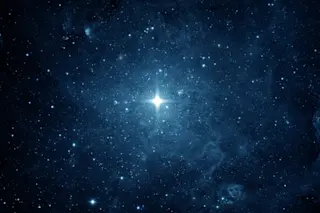Saturn’s rings are one of the most striking celestial features in our solar system. The Pioneer and Voyager probes gave us our first close-up look. More recently, NASA’s Cassini mission spent more than a decade studying them and the planet they encircle, before ultimately diving between the planet and its rings to take the most detailed measurements to date.
But despite everything we’ve learned about the rings, unanswered questions abound. Chief among them is one of the simplest you can ask: How old are Saturn’s rings?
Age is tricky for astronomers to measure. Researchers have to arrive at this answer indirectly — by measuring other properties, such as mass, color, or composition, and then inferring what those properties mean about the rings’ age.
Those estimates vary wildly. That’s because they depend on the measurements taken and the assumptions made along the way, which is why the debate over whether Saturn’s ...














